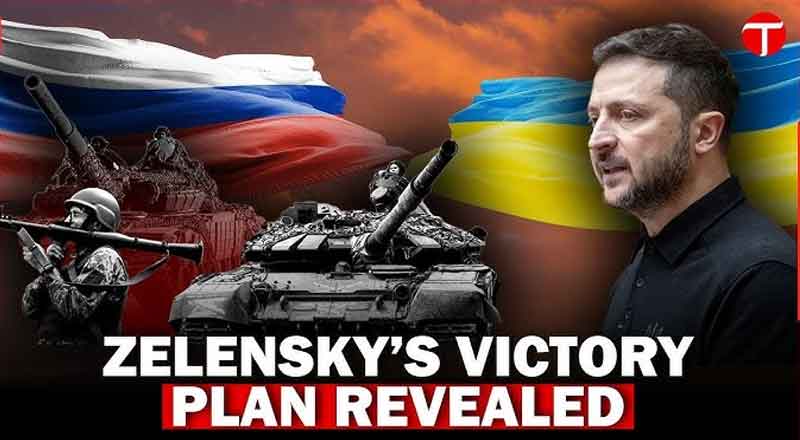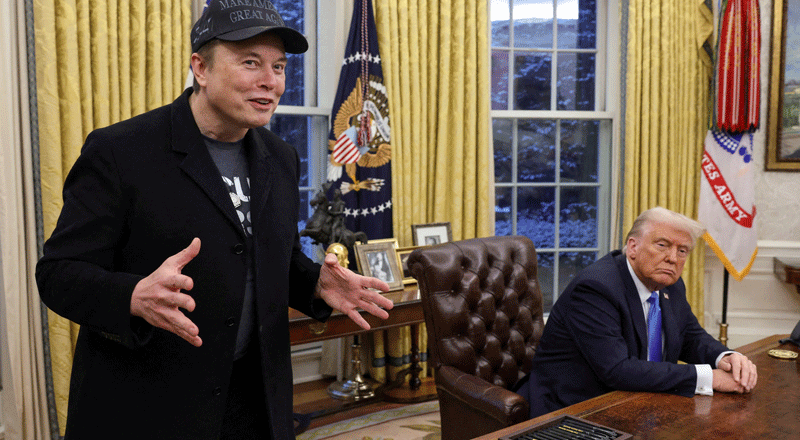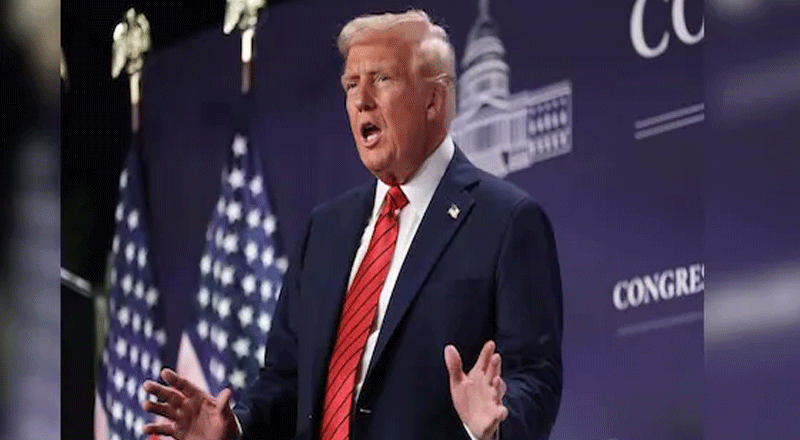The Ukraine-Russia Conflict Enters a Critical Phase
The conflict between Ukraine and Russia, which began with Russia’s invasion of Ukraine in February 2022, has now stretched into its second year with no clear end in sight. Ukrainian President Volodymyr Zelenskyy has remained steadfast in his country’s defense and recently unveiled what he calls his “Victory Plan,” aimed at defeating Russia and bringing the war to a close by next year. This ambitious plan, centered around Ukraine’s military strength and international support, has been presented to world leaders, including U.S. President Joe Biden at the UN General Assembly. Today, Zelenskyy will bring his plan to the European Union (EU) summit in Belgium, hoping to rally European leaders behind his vision for Ukraine’s future.
Zelenskyy’s Victory Plan: Five Core Components
Zelenskyy’s Victory Plan is based on five key strategies designed to shift the momentum of the war in Ukraine’s favor. His overarching goal is to secure a lasting peace through strength, though the plan has faced some domestic criticism for its heavy reliance on foreign aid and military support.
- Unconditional NATO Invitation for Ukraine
A central component of Zelenskyy’s plan is Ukraine’s immediate and unconditional invitation to join NATO. Ukraine has long sought NATO membership, but its accession has been delayed, with many NATO members arguing that Ukraine can only join once the war with Russia has ended. Zelenskyy insists that NATO membership is crucial for Ukraine’s security and for ensuring long-term peace in Europe. Newly appointed NATO Secretary General Mark Rutte has expressed optimism about Ukraine’s future in NATO, stating that “one day Ukraine will be a member.”
- Strengthening Ukraine’s Defense Capabilities
Zelenskyy’s second point focuses on bolstering Ukraine’s military defense to ensure its ability to resist Russian aggression. He calls for increased arms supplies, enhanced air defense systems, and the removal of restrictions on the use of foreign-supplied weapons. He also advocates for continued Ukrainian military operations on Russian soil, a contentious issue that has caused friction with some Western allies who fear such actions could escalate the conflict further.
Zelenskyy also urged neighboring Eastern European countries to play a more active role in protecting Ukrainian airspace by shooting down Russian missiles and drones from their own territories. This request underscores the need for regional cooperation to fend off Russian attacks.
- A Non-Nuclear Deterrence Package
Zelenskyy’s plan also calls for a clear, non-nuclear deterrence strategy from Ukraine’s Western allies. He argues that the international community must make it clear that any further aggression by Russia will have severe consequences. This deterrence package is aimed at dissuading Russia from continuing its attacks by demonstrating that the costs of further escalation will outweigh any potential gains.
- Boosting Investment in Ukraine’s Natural Resources
In a forward-looking approach, Zelenskyy proposes that Ukraine’s allies, particularly the U.S. and EU, sign agreements for joint investments in Ukraine’s vast natural resources. He emphasizes that Ukraine’s reserves of critical materials such as uranium, titanium, lithium, and graphite—valued at trillions of dollars—could be key to the country’s economic recovery and its long-term independence from Russian energy. These investments would also benefit Western nations seeking stable access to essential resources.
- Reimagining NATO in Europe: Ukrainian Troops as a Key Force
Finally, Zelenskyy envisions a post-war restructuring of NATO’s presence in Europe, with Ukrainian troops taking over some of the security responsibilities currently shouldered by U.S. forces. He argues that Ukraine’s experienced military should be integrated into NATO’s defense framework, strengthening the alliance and reducing the need for American soldiers in Europe.
Secret Annexes and Domestic Criticism
In addition to these five points, Zelenskyy hinted at three “secret annexes” in his Victory Plan, though he has not revealed their full details. One annex, he suggested, is related to his deterrence strategy, but the specifics remain undisclosed.
Zelenskyy’s Victory Plan has faced criticism within Ukraine, particularly from some members of parliament. Oleksiy Goncharenko, leader of the European Solidarity party, expressed concern that the plan relies too heavily on international support, saying, “It seems that someone has to do everything for us.” This sentiment reflects a broader debate in Ukraine about balancing domestic resilience with the need for foreign assistance.
Russia’s Reaction and the EU Summit
As expected, Russia has sharply condemned Zelenskyy’s Victory Plan, accusing him of trying to push NATO into a direct conflict with Russia. Russian officials view the plan, particularly its focus on NATO membership and military escalation, as a provocation.
All eyes are now on the EU summit, where Zelenskyy will present his plan to European leaders in Brussels. His goal is to gain approval for his vision and secure the continued support of Ukraine’s European allies, who have been vital to the country’s defense efforts. Zelenskyy hopes that by rallying Europe behind his Victory Plan, Ukraine can turn the tide in the war and pave the way for a peaceful and independent future.
A Critical Moment for Ukraine and Europe
Zelenskyy’s Victory Plan is an ambitious roadmap to end the conflict with Russia, rooted in military strength, international cooperation, and a vision for Ukraine’s post-war recovery. As the war drags on, Ukraine’s fate remains intertwined with the support of its allies, making the EU summit a critical moment in shaping the future of the conflict and the region.
(With inputs from agencies)





